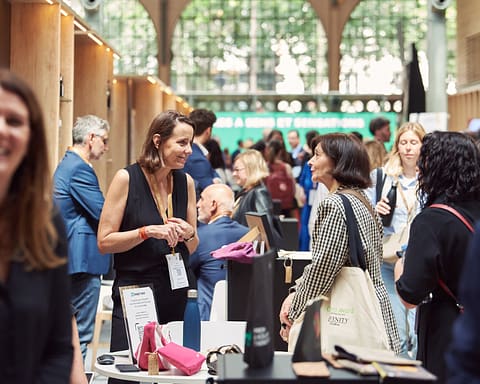Alexandre de Saint Marie, former Managing Director of the Hermès Group’s Tableware division, now works as an independent consultant for several luxury brands on their differentiation and value creation strategies. In the first part of his article, entitled “Contemporary luxury: why and how to reinvent the brand’s strategy? (1/2)”, the author of “Luxury and Brand” (Dunod, 2015), explained how to characterize contemporary luxury. In this second part, he returns more particularly to what characterizes the consumption of the contemporary luxury years.
By Alexandre de Sainte Marie, author of “Luxury and Brand” (2015) and founder of Neapolis
The consumption of the years of contemporary luxury is indeed a new consumption: self-centred, intimate, individualistic, for oneself.
This consumption is no longer guided as before by statutory preoccupations and ostentatious behaviour designed to “impress the gallery”.
Today, its primary purpose is to allow the luxury customer to express his or her own personality, his or her uniqueness.
It is no longer a question of conforming to a model or responding to any social injunction. On the contrary, it is about being oneself: this luxury object must have meaning for me; I must recognize myself in the values carried by the brand and adhere to them. And the brand must also give me tangible proof of its authenticity, its exclusivity, its social and societal commitments. Otherwise, I turn away from it… A click away from the competition, loyalty has never been so random…
This consumption also reflects new moral and ethical concerns, particularly in mature luxury markets. At the beginning of 2020, the challenges of responsible consumption, sustainable growth, extreme vigilance with regard to the risks of cultural appropriation and the affirmation of the values of diversity and inclusiveness define the new frontiers of the sector.
Stella McCartney banned leather from her leather goods collections; Alessandro Michele and Marco Bizzarri banned fur from future Gucci collections; John Galliano did the same at Martin Margiela; in the United States, the Tiffany institution challenged President Trump in the New York Times by asking him not to denounce the Paris climate agreement: these are all responses by luxury brands to the new sensitivities revealed by their customers.
This clientele is constantly broadening its field of interest and interaction with the brand: no longer just the object, but also the services and the universe around these objects, up to the luxury experiences offered within a universe that has become global – “turnkey” discoveries, unforgettable moments, improbable encounters with craftsmen, cellar masters … An example? Clos 19, Moët Hennessy’s recent digital initiative to showcase its different brands of champagnes, spirits and cognac by offering exceptional trips and stays.




































